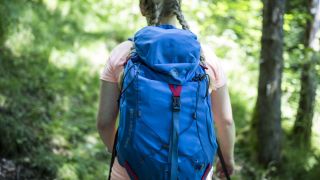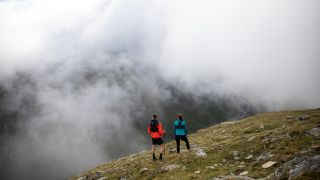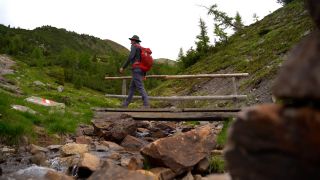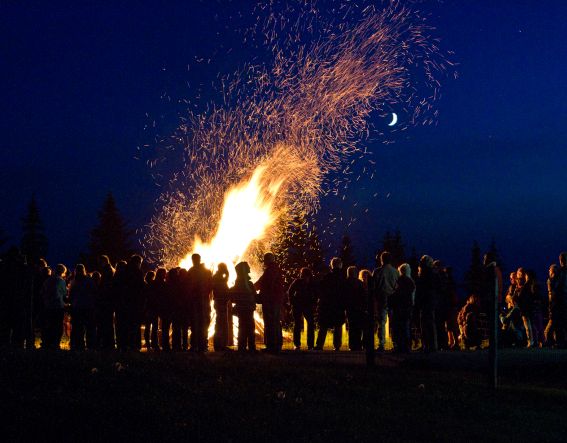
Midsummer fires in the Alps
The longest day of the year not only offers you long periods of daylight, but also the opportunity to experience a very special moment on the mountain!
Because on this day, not only are many mountains ablaze, but you also have the opportunity to take the cable car up the mountain in the evening and experience an unforgettable sunset. When the many bonfires on the mountains are lit at dusk, it's a magical #ExplorerMoment!
This year, the longest day of the year is on June 21st.
Where does the myth of mountain fires on the summer solstice come from? The tradition dates back to the Middle Ages; the fires are said to ward off evil spirits, bring good luck and fertility, and strengthen the power of the sun.
In some places, it's also referred to as St. John's Fire, which comes from the Christian faith and is lit on St. John's Day, June 24th, thus also around the solstice.
Did you know that the materials for the mountain fires are carried up the mountain, and the fires are organized and lit by private individuals and groups?
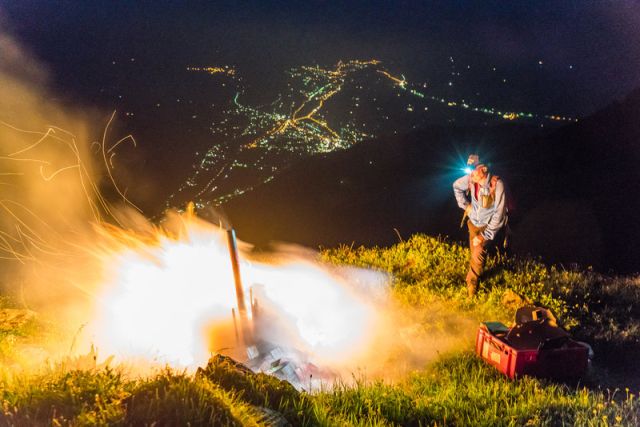
- Summer Solstice Celebration on the Mountain / Hochjoch
Spectacular summit views including a stunning sunset while the mountain fires are slowly lit.
Hochjoch Cable Car: 8:30 a.m. to 5:00 p.m. & Zamang Cable Car: 5:00 p.m. to 11:00 p.m.
From 4:30 p.m., reduced rate €15.00
- Summer Solstice Party in Gaschurn
At the elementary school parking lot (within walking distance of the hotel).
Live music and refreshments from 6:00 p.m.
Free admission.
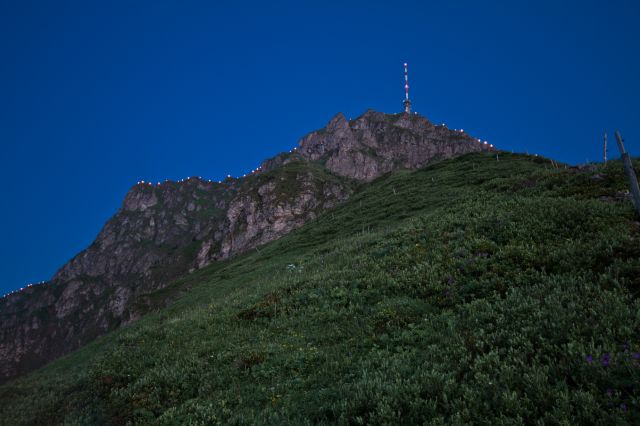
Mountains in Flames
From our local mountain, the Harschbichl, you can see, on a clear day, the many blazes on the peaks of the Wilder Kaiser, Kalkstein, the Lofer and Leogang Steinberge, and the Kitzbüheler Horn. Before you leave, you can enjoy a beautiful sunset.
Special ride on the St. Johann in Tirol cable cars - Harschbichlbahn I & II
Uphill rides run continuously until 9 p.m.
Descents run continuously until midnight

- Berchtesgaden
Summer solstice celebration on the Jenneralm. The St. John's bonfire will be lit around 9 p.m.
Valley-Mountain-Valley ticket from 3 p.m.: Adults €35.00 | Last descent at midnight.
- Neuschwanstein
June 24 | St. John's bonfire at the Waldfestplatz
- Garmisch
June 23 | St. John's bonfire in Grainau, nightly mountain bonfires
